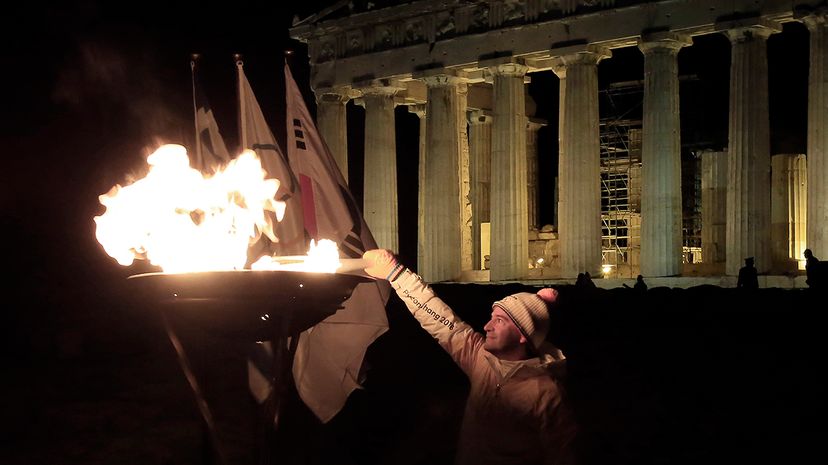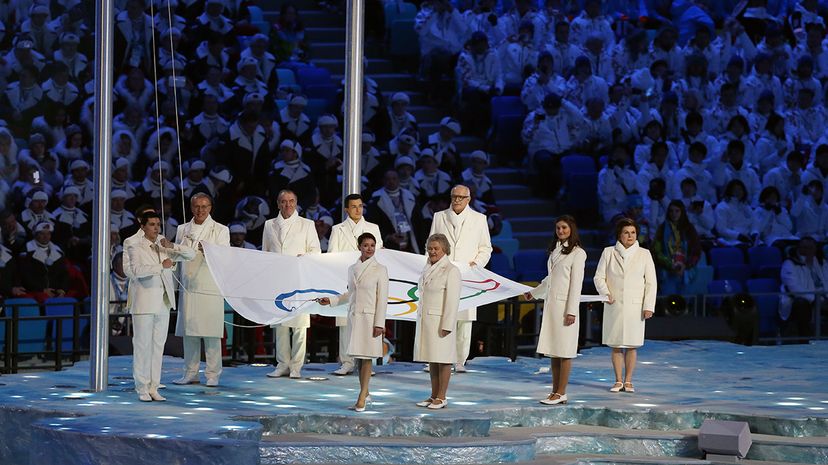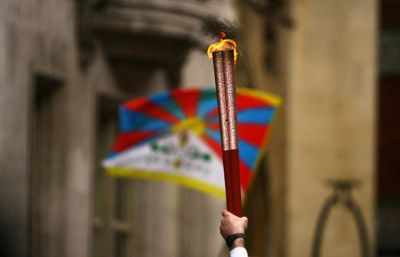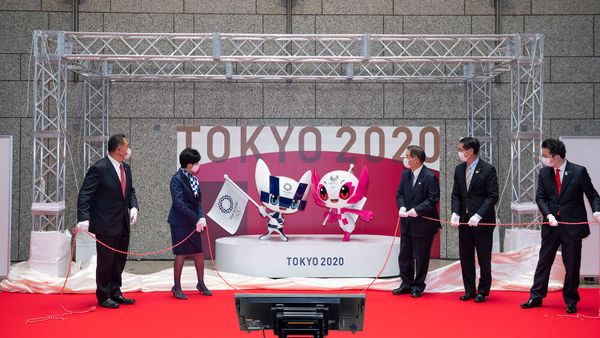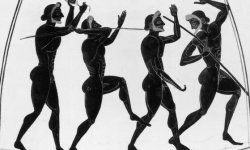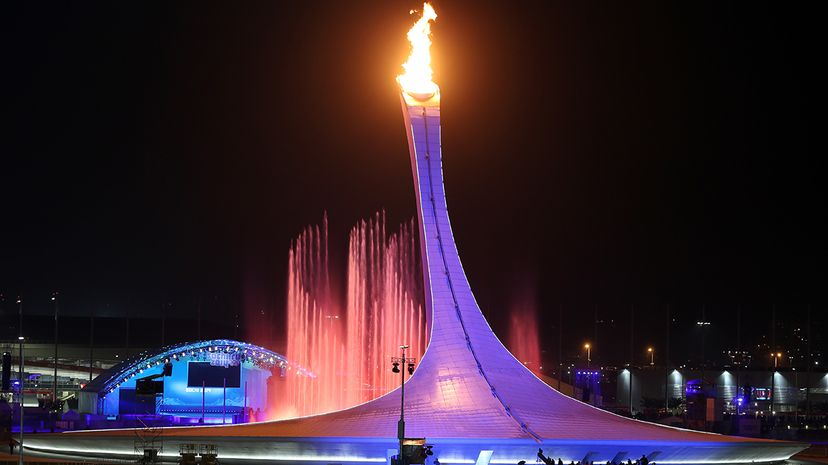
The opening ceremonies of the Olympic Games aren't just about pageantry and the parade of nations. The 1920 Summer Olympic Games were held in Antwerp, and the people of Belgium were proud to show that despite the vast devastation of World War I, the horrors of that conflict hadn't broken their spirits.
Fast-forward to 1964, and the citizens of Japan had a similar statement to make. Their final torchbearer was a young man named Yoshinori Sakai. He was born on Aug. 6, 1945, in Hiroshima — the very day that city was struck by an atomic bomb.
Advertisement
The Olympics in general can also be a way for nations to take a stand against perceived injustices. In 1980, for example, 65 countries refused to take part in the Moscow Summer Olympic Games [source: Time]. They were protesting the Soviet Union's invasion of Afghanistan. In fact, the '70s and '80s were a hard time for many hopeful Olympians. The 1992 Summer Olympic Games in Barcelona marked the first time in 20 years that no countries felt the need to boycott the games.
And let's use the 1992 Barcelona opening ceremony to showcase just one of the many impressive feats and performances that have occurred over the years during the commencement rituals of the games. During most ceremonies, the Olympic cauldron is lit by a torch, which is hand-delivered by some famous person or olympian. The Spaniards took an impressive gamble: Their cauldron was lit from afar by an archer with a flaming arrow. Talk about pressure to make the shot! At the 1996 Summer Olympic Games in Atlanta, famed boxer Muhammad Ali who won the gold medal as Cassius Clay in Rome in 1960, brought down the house when he lit the cauldron to start the games there.
But during the Opening Ceremony of the 2012 Winter Olympics held in Sochi, Russia, it was three-time gold-medalists figure skater Irina Rodnina and hockey goalie Vladislav Tretiak that had the honors. And they did not disappoint. The cauldron was lit in what was also quite a display of theatrics and pyrotechnical feats.
Advertisement
